It was already past mid-January, but the scenery of Go Pagoda was still radiant. Lanterns and red silk strings hanging under the tall trees still fluttered in the wind. Rows of marigolds still bloomed bright yellow on every path of the pagoda yard - from the front yard with two rows of statues of Arhats carved from Ba Mountain stone to the surrounding miniature gardens. The rustic ox carts, haystacks, bamboo huts, thatched huts...
It was the year of the dragon, so I stopped for a while in front of the statue of the Arhat subduing the dragon. The dragon was so mighty that it now lay still at the feet of an extremely mighty bodhisattva. Opposite was the statue of the Arhat subduing the tiger. His tiger seemed to have been tamed, so that he could leisurely ride it to visit the temple.
Under the Bodhi tree
Go Ken in spring. The ancient Bodhi tree with Buddha Shakyamuni leaning leisurely against its roots. It seems that the tree has just shed all its old leaves, leaving on its skinny dry branches a bright green dot of new leaves and buds. In front of the statue yard are pilgrims respectfully bowing to the Buddha…
And where is this scene not? From the main hall sparkling with gilded ancient statues, the statue of Bodhisattva Maitreya to the statues of Avalokitesvara, the reclining Buddha. Or in the small temples worshiping the Holy Mother Linh Son, the Goddess Thien Hau and the Mother Earth. Or on the left of the temple is the place to worship the Lady of the Land...
And especially in the newly built Dai Hung Buu Dien, there is a 32-ton bronze Buddha statue. Everyone saw a stream of people solemnly and respectfully worshiping before the altars. Besides the stream of Buddhists, there was also a large stream of pilgrims. They even came to the newly opened places of the temple, such as the "Nurturing Wisdom" scholarship fund-raising booth, and the herbal medicine room located in a corner on the right side of the temple yard.
Next to the main hall
Play horse riding
108 small prayer wheels.
The attraction for Buddhists and tourists during the early Spring of the Year of the Dragon is the row of houses with prayer wheels, located to the left of the statue of Bodhisattva Avalokiteshvara. It is a long, curved row of houses, like an arm embracing the lake where the statue is located. The houses have wooden pillars, tiled roofs, and rustic brick railings. But now the inside is always bright. That is thanks to the 108 round bronze prayer wheels that are always spinning.
At the front of the house is a main prayer wheel, also cast in a cylindrical bronze. The main pillar is 4.5m high and 2.5m in diameter. The 108 small pillars are 62cm in diameter and 120cm high. The surface of the pillar is brightly embossed with many Sanskrit letters. The prayer wheel, also known as the prayer wheel, is: “one of the simplest and most effective spiritual practices.
Regardless of whether you are a Buddhist or not, just by turning or being near a prayer wheel, you will receive extremely positive, peaceful magnetic energies, which will neutralize countless negative karma and help your body and mind become peaceful…” (Explanation board placed in front of the house).
The first prayer wheel pillar was seen on the top of Ba Mountain. And the first house with a prayer wheel was at Go Ken Pagoda - Thien Lam. But here, the prayer wheel pillars are within reach of children and adults, so they feel closer, and are always touched and rotated by people's hands.
Before the herbal medicine room
Visiting Go Ken Pagoda in spring has become a cultural beauty, not only for people of Hoa Thanh town, but also for Buddhists and tourists inside and outside Tay Ninh province.
NQV
Source








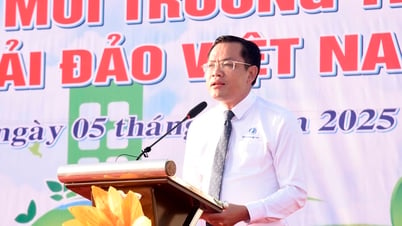
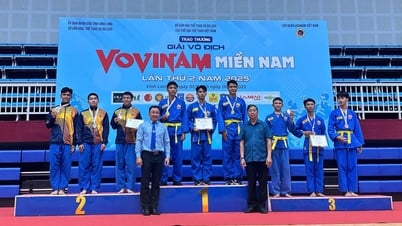
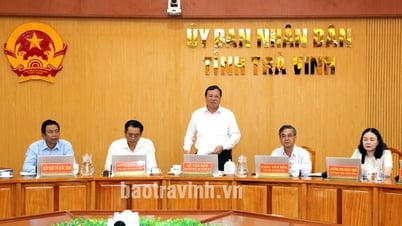

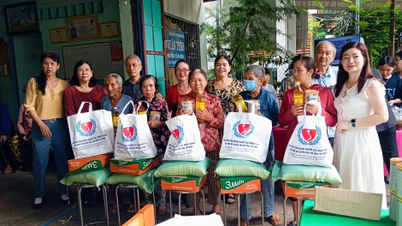

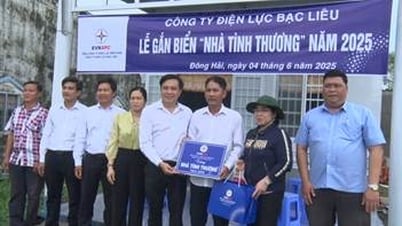




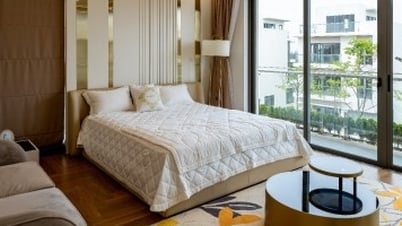


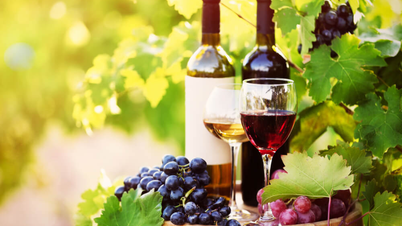



































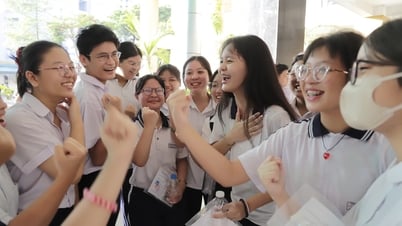
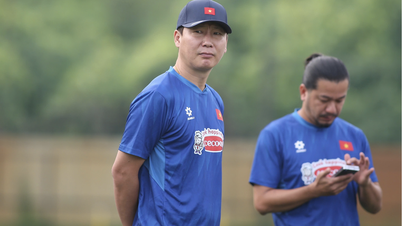

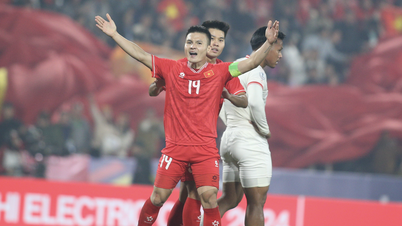


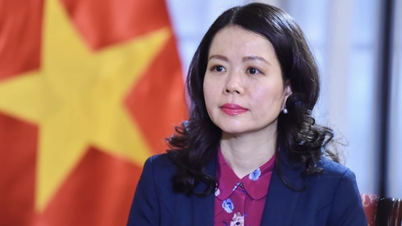








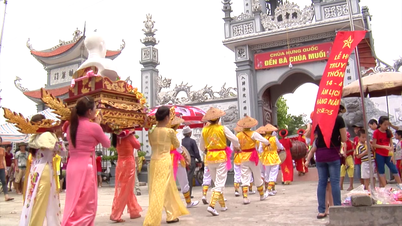



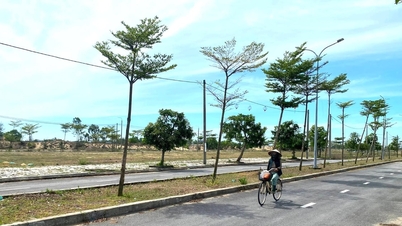

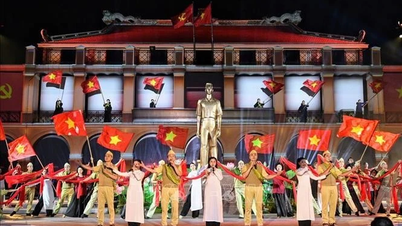

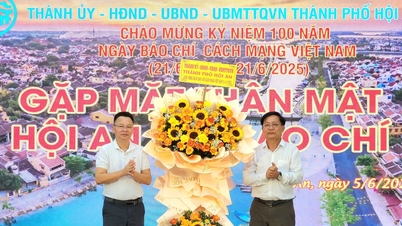
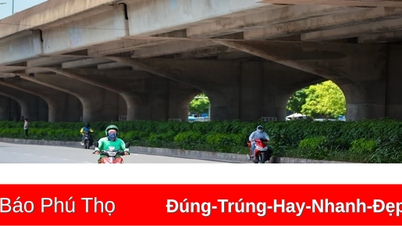










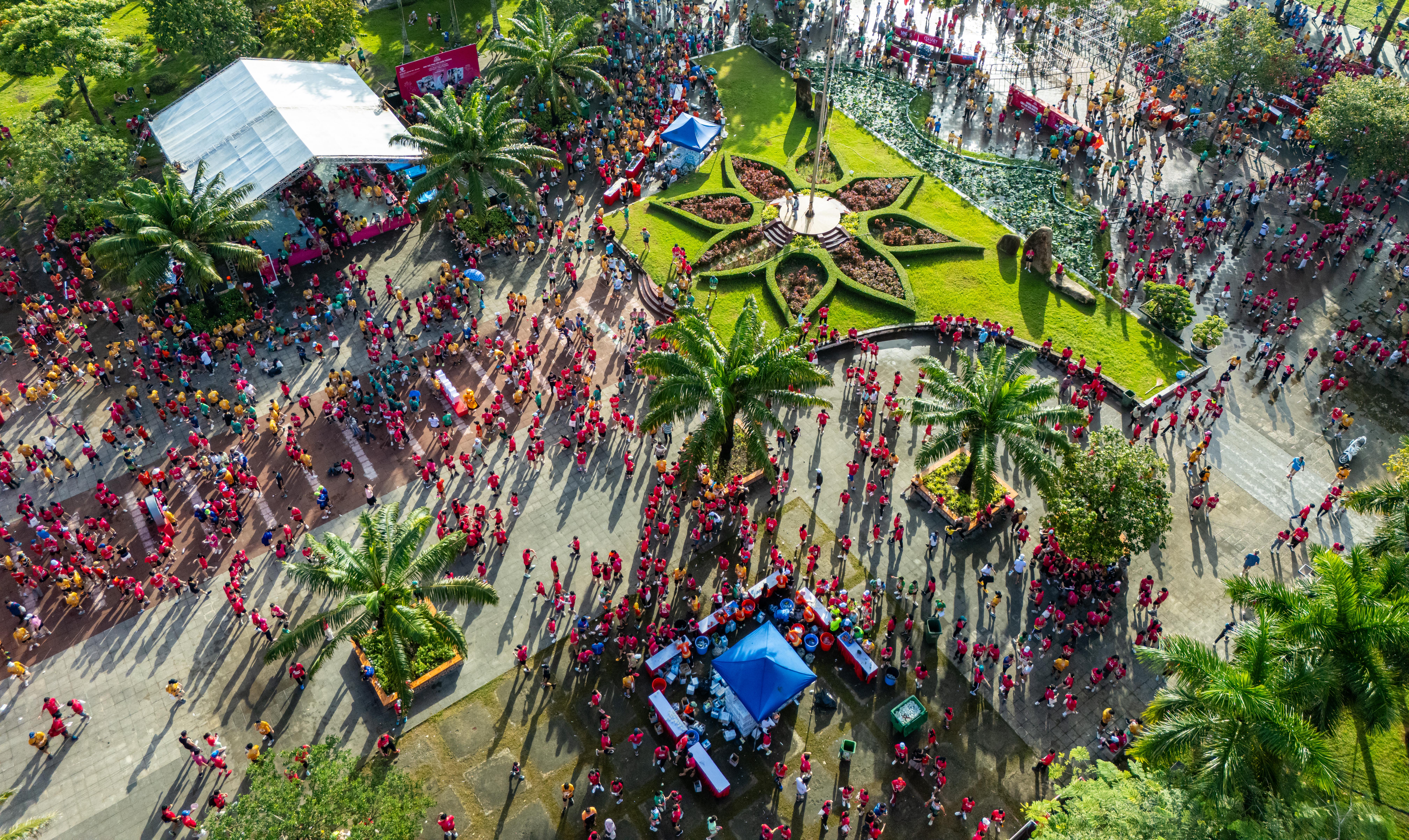
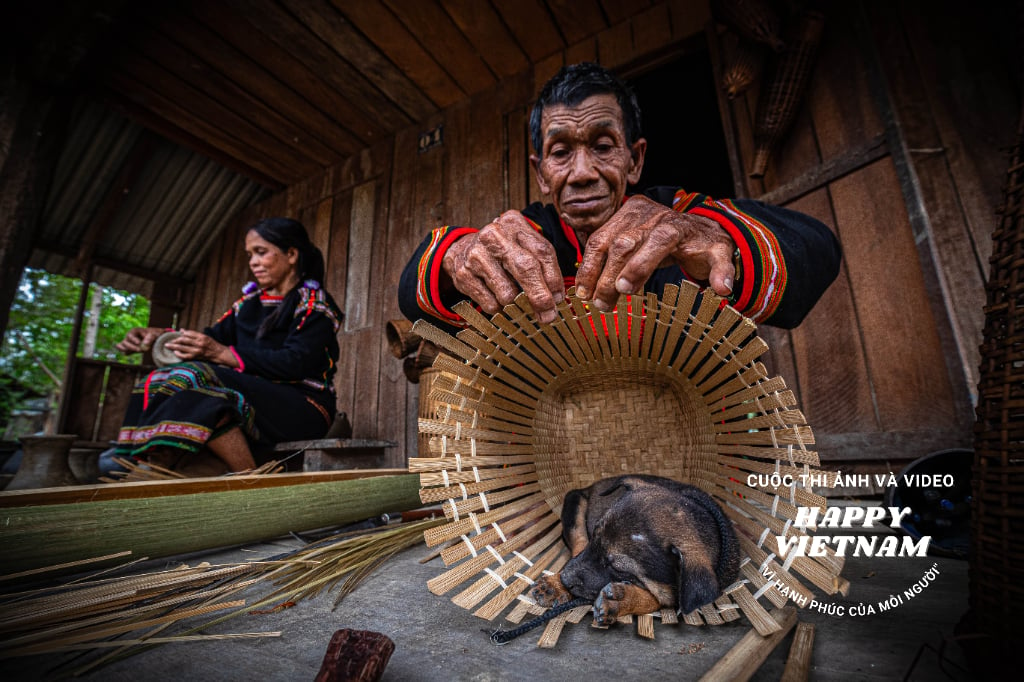
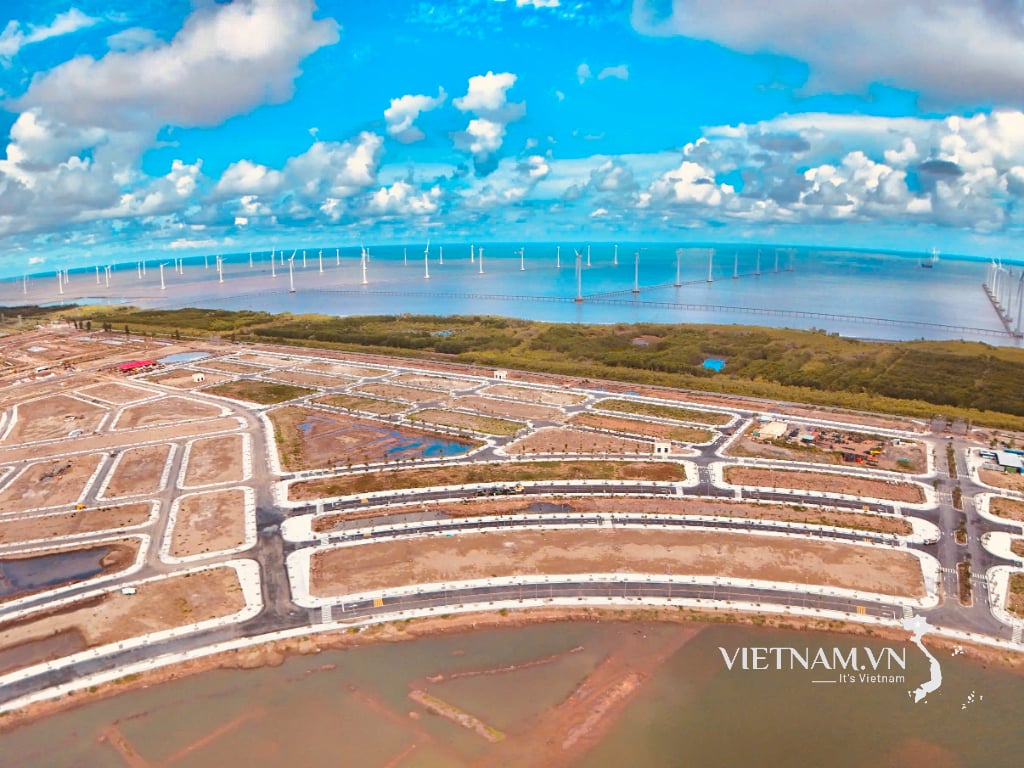
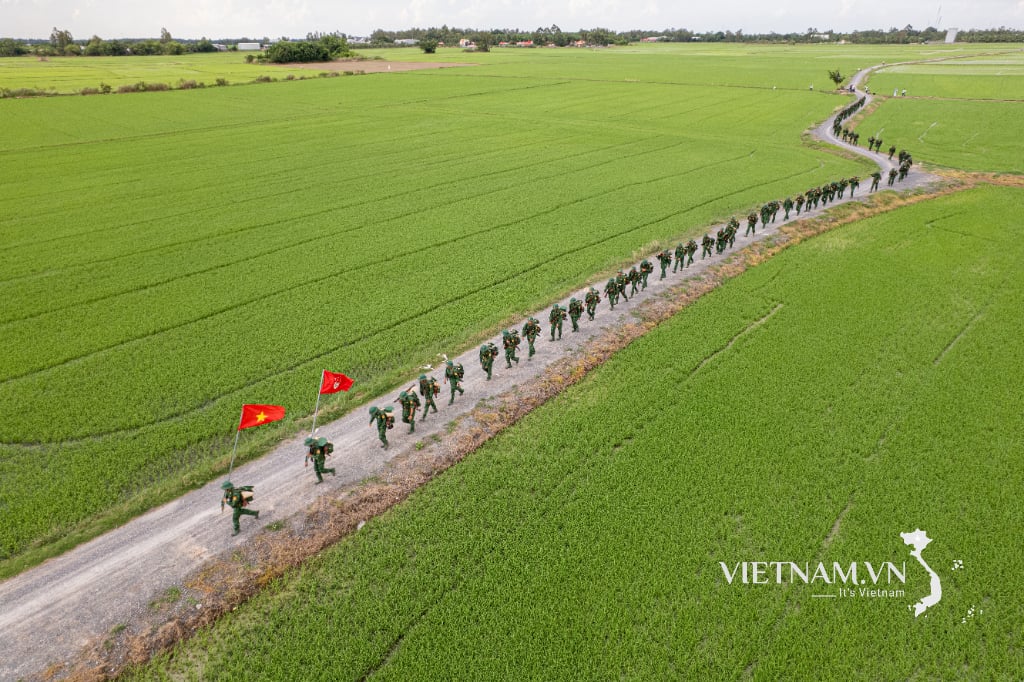
Comment (0)